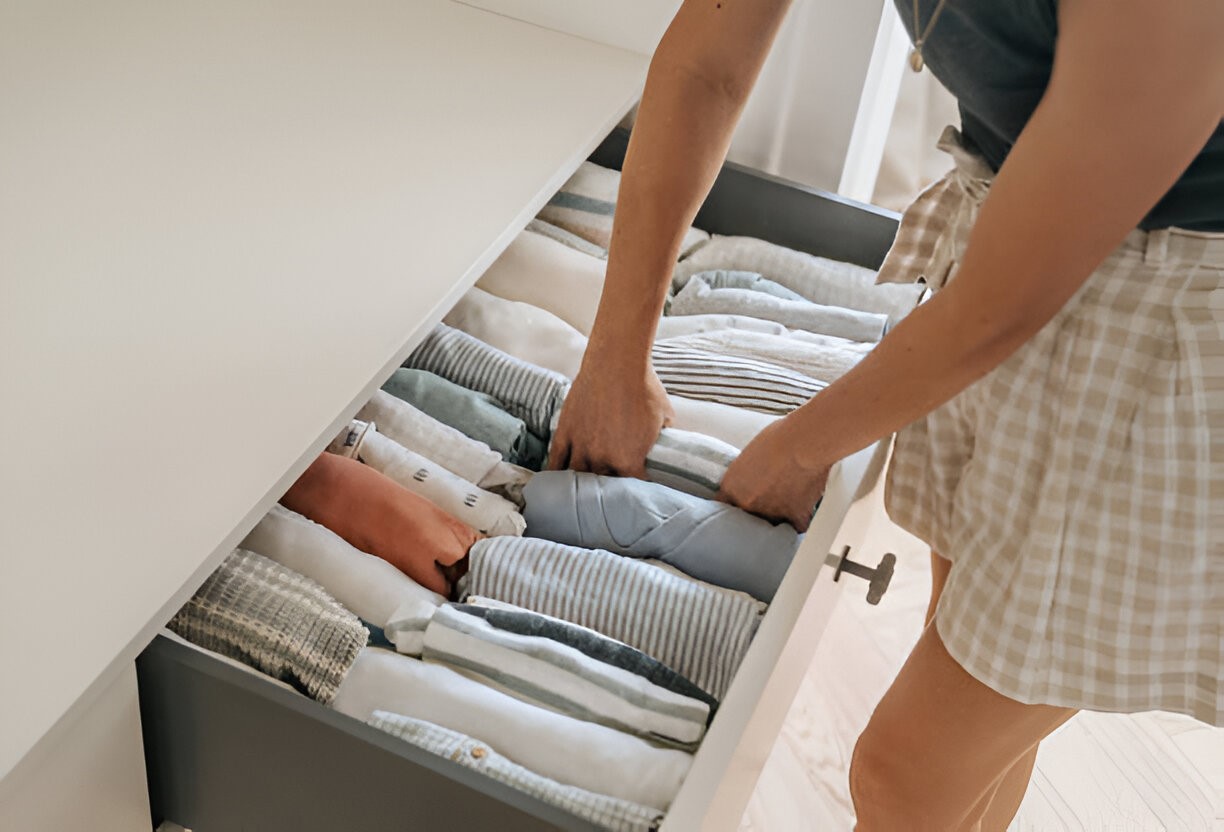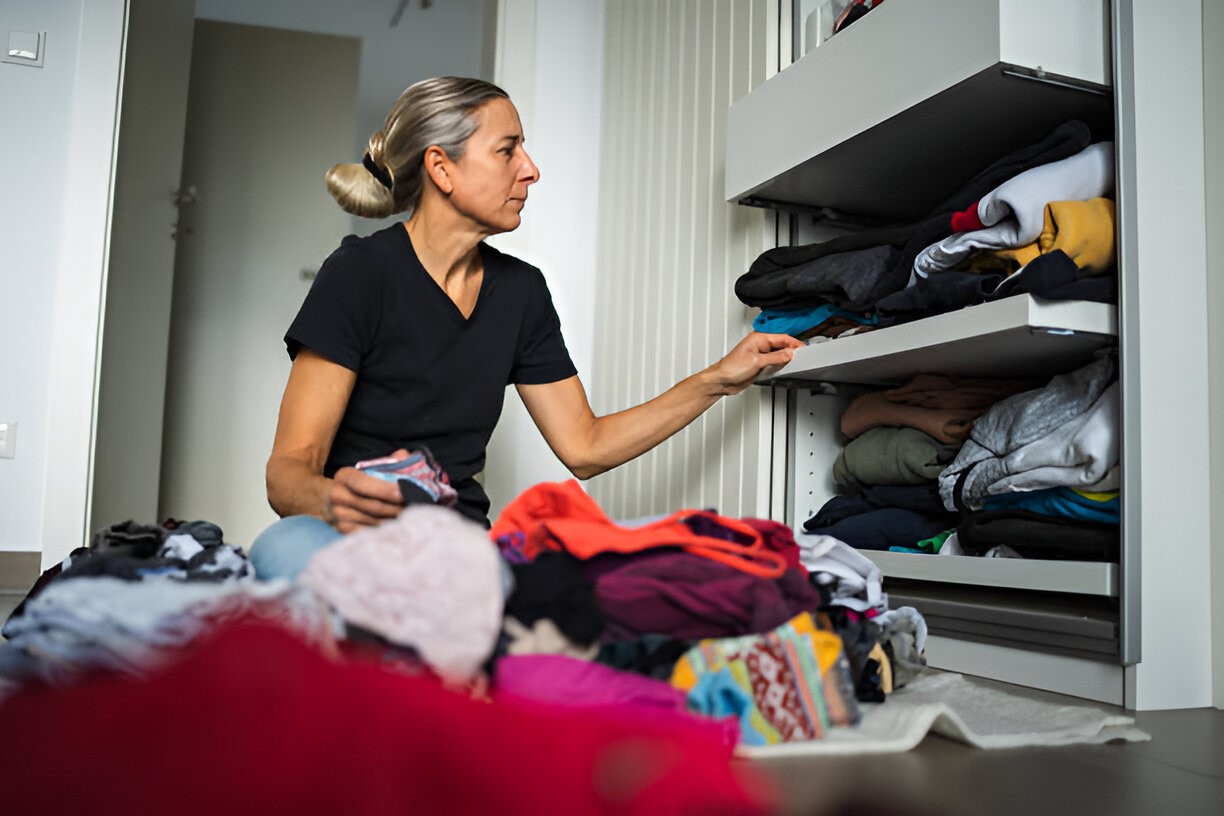In this way and the following ways the fashion industry affects the environment. Fortunately, constructing a sustainable wardrobe is not a very complicated process. Despite this one might think otherwise. It is a question of gradually taking the audience through the third person, when only the interesting cases are of relevance. This way, you will be equipped with enough knowledge to help you learn all that you want and desire to improve on your classy and fashionable attire. While making right and green decisions about the types of outfits and accessories that one would like to have.
Rethink, Reduce, Repurpose: The pillars of sustainability

But to create a long lasting wardrobe that will not harm the environment or human beings, one cannot just choose apparels labeled as ‘green fashion’. It is a strategy that will analyze the garments at a cycle whereby garments with a similar characteristic will be observed. Here are the three key pillars to focus on:Below are the three primary areas to attend:
- Rethink: Whenever you are planning to make a new purchase of a garment or accessory, you should take a second look at your wardrobe. If you do not plan to use this as your core competency then do you already offer such similar items? Perhaps, there is a time when you ask yourself a question of how you can use an object that may already be with you? A better question to ask to avoid this is if the piece you’re thinking about buying will actually get worn again.
- Reduce: Do not go for ‘buy now, pay later’ as this will lead to accumulation of heavy debts. Purchase good quality and durable furniture so that you don’t have to go around replacing them often. As it is mentioned earlier it is preferable to choose clothing accessories in such a way that they might be worn one way, but can be combined in another way to have another look.
- Repurpose: Fashion up your old clothes! You may have to at times learn how to insert one or two stitches to sew a tear or ripping that might occur. Make changes on garments to meet new looks so that one would have to be innovative. One should switch the clothes with friends or maybe one should organize a party only wearing different outfits.
Embrace Second-Hand Gems: Green Shopping

That is why second-hand clothing shops are merely full of wonders people are yet to discover. They provide a coupled cavalcade of unique finds. That are so much cheaper than those sold at retail outlets. Here’s why shopping second-hand is a win-win:Here’s why shopping second-hand is a win-win:
- Reduce Demand: You buy second-hand clothes. You deny the manufacturers a market in new clothes. Thus exercising pressure to cut irresponsible production of clothes.
- Unique Style: Second-hand stores are more diverse outfitting. And offers of garments and accessories. Independentists call it a great chance to be creative and find peculiar unique items.
- Budget-Friendly: The use of second-hand clothes is cheaper than the buy of new apparels. This means that you can be able to buy better quality pieces that will last more than the piece that was spoiled.
Invest in Quality over Quantity: A Guide to Creating a Timeless Wardrobe

In this process, cheap trends override currency. These pieces of garment are cheaply made and produced with unfashionable enduring materials. Rather, the emphasis should be made on buying fewer. But better qualitative and more long-lasting items from ethical brands. Here’s what to look for:
- Natural Fabrics: Choose natural fibers such as organic cotton, linen fibers. Natural fabrics are usually more resistant, permeable, and renewable. In contrast with synthetic materials used in textile production.
- Transparency: Buy products that are friendly and made with little. Or no regard to the effect they might have on the rule of law. Consult about Fair Trade or GOTS (Global Organic Textile Standard) labels.
- Classic Styles: Finally, buy the best quality clothes. They will not be a fashion victim within a short period of time. Some timeless pieces include trench coats, a well-fitted blazer or black dress. They will still be relevant in future.
Building and, similarly, setting up a sustainable wardrobe is not a one-day activity. It is inevitable that it will take some time and some patience as well. Just simplified, it is about realizing and waking up with what you are doing and shifting to a different level of thinking. As for the clothes One has to turn to clothes designers for appropriate material to be used in designing their clothes. If one attempts, one can dress vogue, be chic and at the same time do it in an eco-friendly manner. Well, to change the course – Let’s start thinking, cutting and reusing our way to a better wardrobe!

